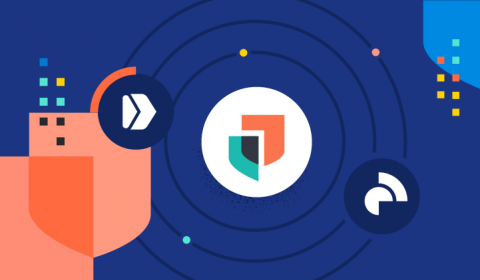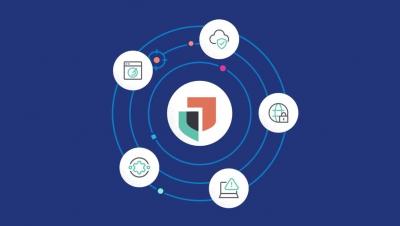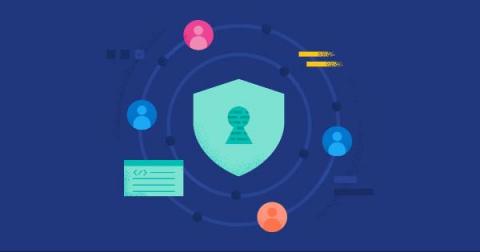Elastic modernizes security teams with SOAR and automates actionable threat intelligence within SIEM
Elastic continues to provide customers the ability to modernize their security operations programs. Today’s launch celebrates several initiatives that together equip customers to modernize security operations, including.











